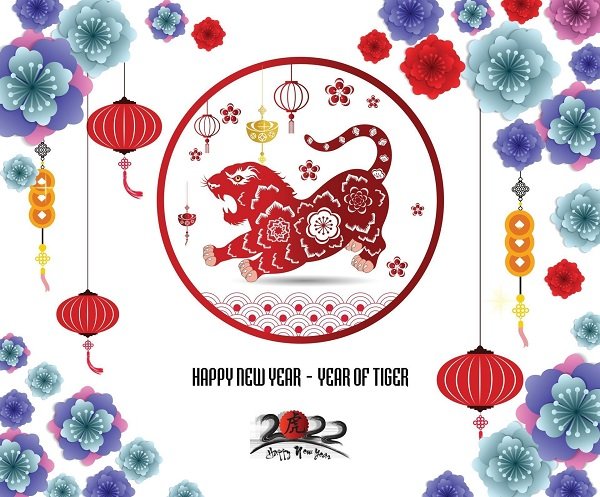Six Chinese Mythical Creatures
As today is Chinese New Year, heralding the Year of the Tiger, I’ve compiled a list of 6 Chinese mythical beasts.
Why only 6? Because 2022 adds up to 6… and I had to find a way to limit myself or this post would have been way too long!
Fenghuang on the roof of the Kuan Yin Temple in KL, Malaysia (own photo)
The ‘Fenghuang’, the Chinese Phoenix.
The rare appearance of this immortal bird is said to be a good omen, foretelling a time of harmony when a new emperor takes the throne.
Originally, Fenghuang was male and female, with the males called Feng and the females, Huang.
Fenghuang (on the right) and Dragon on the ceiling of the Kuan Yin Temple, KL Malaysia (own photo)
Gradually, their depictions were blurred until they were shown as one creature, signifying male and female elements although the creature is considered to be a female entity.
‘Qilin’ (image from ‘Chinese Mythology’)
The ‘Qilin’.
Known as ‘kirin’ in Japan where it was introduced through Chinese myths, the qilin could be said to be the eastern equivalent of the unicorn as it is sometimes depicted with one horn.
Like the Fenghuang, the qilin rarely shows itself.
When it does appear, its appearance signifies either the birth of a sage or renowned ruler, or their death.
It has a gentle temperament and does not eat living vegetation.
‘Pixiu’.
The Pixiu looks like a lion with wings and is considered an influential and auspicious creature.
Due to its huge appetite for gold, silver and jewels, it is said to possess mystical powers capable of drawing wealth from all directions.
Lu shu (Pinterest)
‘Lu Shu’.
The lu shu is a creature that looks like a white-headed horse with tiger stripes and a red tail.
Its cry sounds like a human singing.
It is said that wearing its coat ensures the longevity of the wearer’s lineage.
Dijiang (Wikipedia)
The ‘Dijiang’.
The first time I saw this creature was in the Marvel film, ‘Shang-Chi and the Legend of the Ten Rings’. It was so weird I was sure the creators had made it up.
But no.
The Dijiang was mentioned in the ‘Shan Hai Jing’ (Classic of Mountains and Seas), the classic Chinese text and compilation of mythic geography and beasts, thought to have existed since around the 4th century BC.
The Dijiang had 6 legs and 4 wings, but no facial features to speak of, not even eyes. However, it was said to be fond of singing and dancing.
The ‘Huli jing’ or fox spirit, with the nine-tailed fox being the most famous.
While I’m familiar with the Japanese fox spirit, the ‘kitsune’, I was a tad embarrassed to discover that the mythos of the fox spirit was adopted into Japanese culture through merchants travelling from China to Japan.
The Huli jing can be benevolent or malevolent and is seen as either a good or a bad omen.
It is said to be able to see into the future, and when it strikes its tail on the ground, it can ignite fires.
Known as shapeshifters, the Huli jing usually appears as a young girl, an old man or an academic.
I hope there was something on that list that you’ve not come across before; there certainly was for me.
Wishing everyone an auspicious, blessed Year of the Tiger.







